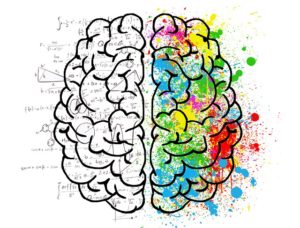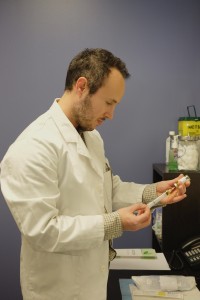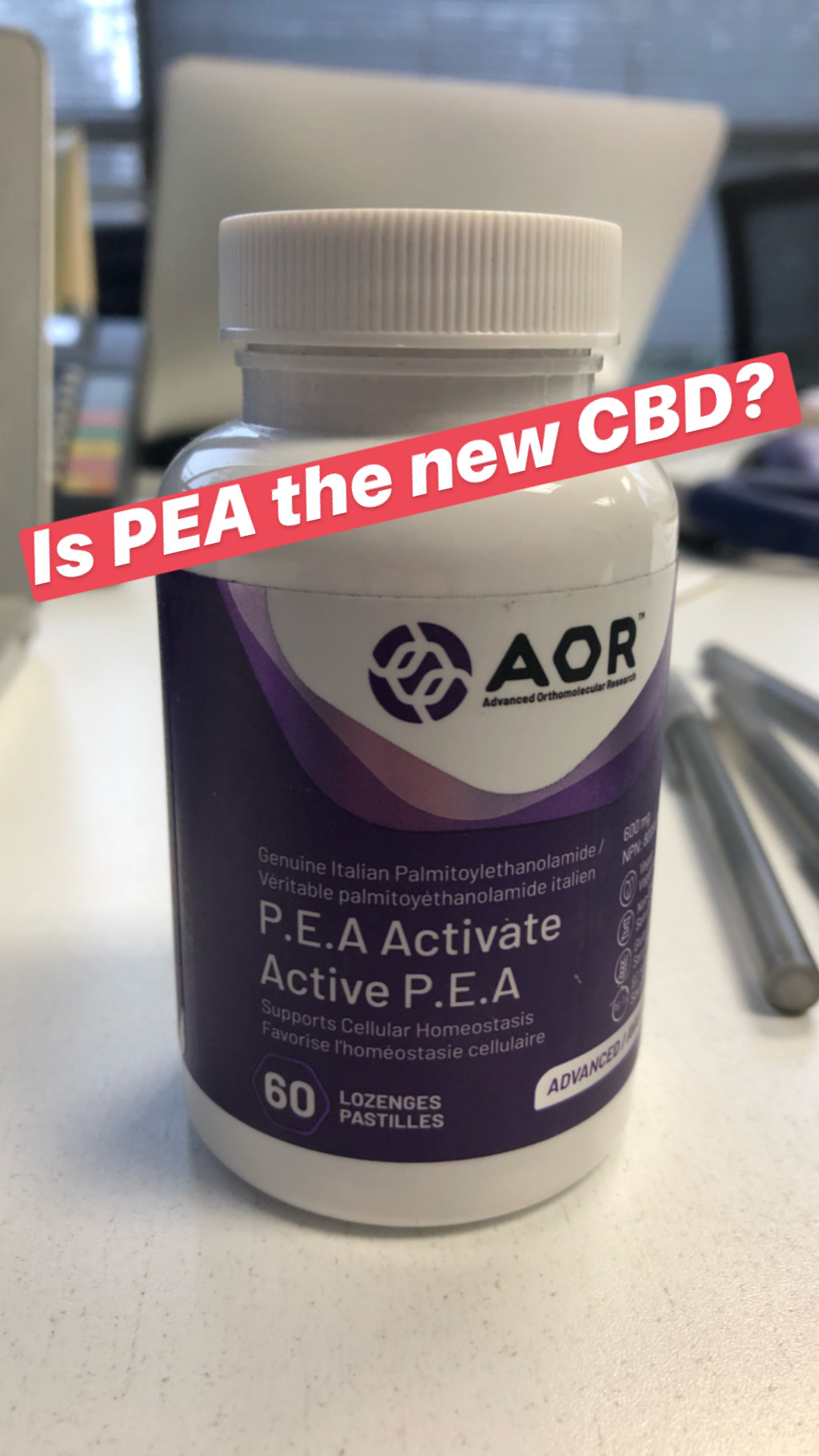Have you ever woken up in the morning feeling groggy and exhausted? That’s because our bodies naturally respond to light. In fact, bright light upon waking is essential for maintaining a healthy sleep cycle—not just for one day, but for days, weeks, and even months. In this blog post, we’ll explore why bright light upon waking is so important and how it can help improve your health and well-being.
What Is a Sleep Cycle?
A sleep cycle is the process by which our bodies move through different stages of wakefulness and sleep throughout the night. It’s made up of two main phases: rapid eye movement (REM) sleep and non-rapid eye movement (NREM) sleep. During NREM sleep, our bodies are getting ready for REM sleep, which is when we dream. Each night, we usually go through 4–5 cycles of REM and NREM sleep that last about 90 minutes each.
The Role of Light in Our Sleep Cycles
Light plays an essential role in regulating our circadian rhythm—our body’s natural internal clock that tells us when to be awake or asleep. When it gets dark outside, a hormone called melatonin is released into our systems to help us fall asleep. When it gets light out again, another hormone called cortisol signals to us that it’s time to wake up and get going. Without adequate exposure to bright light upon waking, our circadian rhythms can become disrupted—which could lead to poor quality of sleep over time as well as other negative health effects such as fatigue, irritability, depression or anxiety.
Benefits of Bright Light Upon Waking
Exposing ourselves to bright light first thing in the morning helps reset our internal clocks so that we can stay awake during the day and fall asleep at night more easily. This means we can get better quality rest overall! Additionally, exposing ourselves to bright light in the morning may also provide cognitive benefits like increased alertness and improved concentration throughout the day.
How much light is optimal?
A recent study published in Sleep Science and Practice found that exposing participants to bright light of at least 2500 lux for 30 minutes after waking triggered the highest cortisol response. This study also revealed that dim lighting of less than 500 lux did not produce a significant change in cortisol levels, meaning that it was not sufficient for resetting the circadian rhythm.
Another study conducted by researchers at the University of Oregon determined that conflicting with the body’s natural expectations can have serious consequences; exposure to bright light of more than 5000 lux after waking up in the morning disrupted cortisol rhythms, leading to an increase in stress hormones and a decrease in alertness and productivity. The optimal level of light exposure after waking appears to be between 2000-3000 lux, as this amount is both beneficial for circadian rhythm health and does not induce a stress response.
An experiment performed at Northwestern University found that exposure to bright light between 2000-2500 lux resulted in greater alertness and improved performance on cognitive tests as compared to regular office lighting levels. Thus, we can conclude that exposing oneself to bright light between 2000-3000 lux within thirty minutes of waking is likely most beneficial for resetting our circadian rhythms, improving alertness and productivity, reducing stress, and promoting overall wellbeing.
What is the best light source?
The optimal light source to be exposed to upon waking is one that mimics natural sunlight. By exposing yourself to a full-spectrum light therapy, ideally within the first hour of waking, your body will be more likely to respond positively. This type of light therapy helps regulate the body’s production of melatonin and cortisol.
The most effective type of full-spectrum light therapy involves artificial lights that mimic natural daylight and provide a bright white light similar in color temperature to the midday sun. For example, LED bulbs that have a high Color Rendering Index (CRI) are ideal for providing a balanced spectrum of light. Additionally, adjustable lamps can provide an even greater degree of control over brightness levels by allowing users to adjust the intensity according to their own preferences.
Conclusion
Bright light upon waking has been shown to improve both physical health (by helping regulate our circadian rhythm) as well as mental health (by boosting alertness). So if you want to feel more energized during the day and get better quality rest at night, make sure you give yourself some extra exposure to bright light first thing in the morning! Even if it’s only for a few minutes each day—it could make all the difference in terms of improving your overall health and well-being!
Fasting for six years
I thought it was a good time for me to personally reflect on the last six years of intermittent fasting. Yes, for the last six years I have been following a relatively strict program of fasting for 16-20 hours of the day. Usually this means having my last meal of the day around 6pm and my first meal the following day at 11am.
I remember first hearing about the benefits of intermittent fasting (IF) at a medical conference organized by the Association for the Advancement of Restorative Medicine back in 2016. After Dr. Denis Wilson M.D. spoke about all the clinically supported benefits of IF as well as his own personal journey with IF, I was sold!
Fasting and Climbing
That was around the same time I started to take rock climbing seriously. A was training 2-3 days per week and for around 2 hours each session. I decided it would be an interesting experiment to combine IF with my morning training. I was hitting the gym while in a fasted state (usually around 16 hours at that point) and would train as hard as I could.
When the body is in a post 14 hour fast it starts to convert fat into an energy source called ketones. This is because all the sugar stored in the body has been used up. Exercising while fasting speeds up this process. I was amazed to see how quickly this combination of fasting and exercise transformed my body and my health. Over the course of a year I lost 15lb and went up several grades in my climbing. My climbing partners couldn’t believe I was able to climb hard on an empty stomach, but I actually felt lighter and clearer. I would try to have my first meal of the day within an hour after workouts for optimal protein metabolism to build muscle. I would regularly get comments from familiar faces at the gym asking if I’m doing anything special outside of the gym. I simply told them that I’m fasting and climbing. Pretty simple but very effective.
Finding the right program
Over the following 5 years I had short 2-3 week periods where I would take a break from IF but would soon return as I felt my best, looked my best and climbed my best while on a pretty strict IF program. I have since recommended IF to dozens of patients, the majority of whom see results within a few months. One of my biggest supporters and now followers of IF is my dad. He saw such dramatic results that IF is now a regular lifestyle habit for him as well.
I dabbled a few times with doing pretty long fasts (20-23 hours) and eating only one meal per day but I found that this was a bit hard on my body. I was getting irritable and was not performing very well at the gym. I now have a pretty good understanding of how many hours my body likes to fast for and how many meals per day is best.
Everyone is going to find a sweet spot for themselves. I don’t recommend forcing the body into a particular program but to try fasting for different lengths of time and see what feels and works best. It does take a little getting used to at first but it is important to remember that this is a very natural state for the human body.
It’s only natural
Through most of human evolution humanity had to go for extended periods of time without food. In fact, an abundance of food at our beck and call is likely contributing to a lot of chronic disease in our modern way of living. Many religious traditions still practice fasting in order to clear the mind, body and spirit. Centuries of cultural practice as well as hundreds of recent studies are in support of fasting in one form or another. It is one of the cheapest, simplest and most effective medical programs I can recommend for a patient.
What lies ahead
Looking ahead to the next decade, I don’t see myself giving up IF anytime soon. There are a few other lifestyle changes I would like to implement but IF will continue to be the backbone of my personal health and wellness program. There are some individuals including in pregnancy where IF is not recommended. I encourage those of you curious about IF or trying it out, to at least have a consultation with a health professional like myself. The benefit of being supervised by a Naturopathic Doctor is the peace of mind that your are practicing something that is safe for your body, you have someone to answer questions as they arise and even to run blood tests if necessary. If I have inspired at least a few people to give IF a try then I have passed along a valuable lifestyle tool as it was passed to me six years ago. Happy fasting everyone!
It was my hope to find an effective alternative to Cannabidiol (CBD) that wouldn’t land me in jail when I travel; so is PEA the new CBD?
PEA stands for Palmitoylethanolamide. It is a fatty acid that is found in Eggs, Cheese, Meats and Peanuts. We also make PEA during stress, infections, inflammation, trauma, allergies, pain, cardiac disease, kidney disease and obesity. Much like our endocannabinoids, PEA is responsible for maintaining cellular homeostasis.

How does it work?
While PEA does not have a direct effect on Cannabinoid receptor (CB1 and CB2) it does have similar mechanisms of action to our endocannabinoids and cannabidiol (CBD). PEA looks very similar to our body’s own endocannabinoids (AEA and 2-AG). These similarities allow PEA to exert effects similar to our AEA and 2-AG.

PEA down regulates mast cells, which are responsible for the release of histamine and other inflammatory mediators. PEA can therefore be a powerful molecule for immune heath, inflammation, pain, neuro-protection and allergies. PEA has direct action on receptors GPCR55 and GPR119, which produce effects similar to activation of CB1 and CB2 by endocannabinoids, THC and CBD. PEA also acts similarly to CBD by affecting the breakdown of endocannabinoids via inhibition of the enzymes FAAH and MAGL.

The Research
Several studies have shown that when PEA is used with opioid type drugs for low back pain, the dose of the opioids could be reduced significantly. PEA was found to exert pain relief animal models of inflammation and neuropathic pain. These analgesic effects are thought to be due to increasing endocannabinoid levels similarly to how CBD works. All in all many studies have revealed that PEA exerts similar effects to CBD. So I thought I would give this supplement a whirl, as a alternative to CBD (especially for travel) would be an important option for patients using CBD.
My 5-day Trial with PEA
I took the supplement P.E.A. Activate from AOR , which contains 600mg PEA per lozenge. My daily dose was two lozenges per day and I did that for 5 days. I noticed a strange light-headed feeling about 5 minutes after chewing my first lozenge. The feeling lasted for a bout 30min. I was excited that I actually felt a bit different after that fist dose by unfortunately each dose produced a similar effect (a light relaxing feeling) that only lasted between 30-60min. There didn’t seem to be much carry over from one dose to another. The effects were always pretty fast acting but short-lived. Furthermore I had a return of some muscle soreness that was absent for most of the time that I was taking my CBD supplement. So, it seemed like, for me, the PEA was not having the same effect that I had experienced while on CBD.
In summary, the effects that I experienced during my PEA trial were fast acting but short-lived. PEA may therefore be a useful tool for acute episodes of anxiety, pain etc… but it did not have the same accumulative and long term effects that I experienced with CBD. The research on PEA is compelling and it is possible that this supplement warrants a more long-term trial. According to the research PEA seems to be a potential alternative to CBD but from my experience it falls a bit short. Check out my video review of PEA here.
Dr. Shawn Reviews...Cannabis: Tweed Argyle Spray







